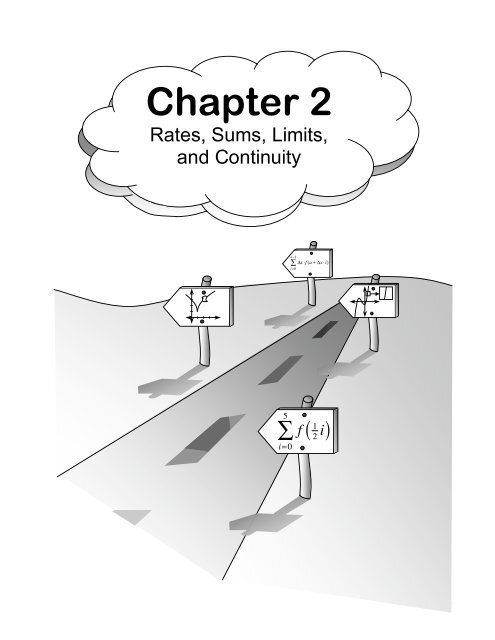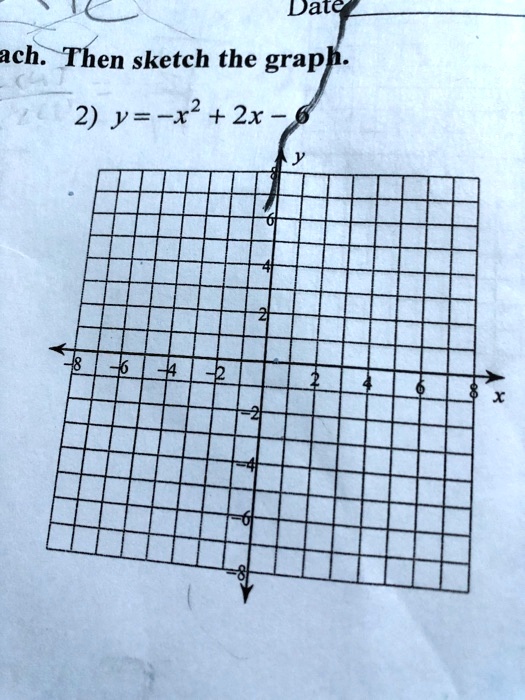

The Chapter Project applies what you’ve learned in the chapter. These will go a long way toward keeping you constantly primed for the final exam. They will ensure that you are not forgetting anything as you go. They combine problems from previous chapters, providing an ongoing cumulative review. These problem sets appear at the end of each chapter, beginning with Chapter 2. If you get a problem wrong, watch the Chapter Test Prep video. Take the sample practice test under test conditions.This will get you ready for your instructor’s test. Be sure to take the Chapter Test under test conditions-no notes!īe prepared. Practice makes perfect.These problems combine exercises from all sections, giving you a comprehensive review in one place.Ībout 15–20 problems that can be taken as a Chapter Test. These provide comprehensive review and practice of key skills, matched to the Learning Objectives for each section. If you get something wrong, review the suggested page numbers and try again.

Review these and you’ll know the most important material in the chapter!Ĭontains a complete list of objectives by section, examples that illustrate the objective, and practice exercises that test your understanding of the objective.ĭo the recommended exercises and you’ll have mastery over the key material. (c) Sketch the graph of $v$ on the interval $ $.Review “Study for Quizzes and Tests” FeatureĬhapter Reviews at the end of each chapter contain… “Things to Know”Ī detailed list of important theorems, formulas, and definitions from the chapter. (b) What is the absolute maximum value of $v$ on the interval? How does this compare with experimental evidence? $$ v(r) = k(r_o - r) r^2 $$ $$ \fracr_o, r_o] $ at which $v$ has an absolute maximum. According to a mathematical model of coughing, the velocity $v$ of the air-stream is related to the radius $r$ of the trachea by the equation

X rays show that the radius of the circular tracheal tube contracts to about two-thirds of its normal radius during a cough. The greater the velocity of the air-stream, the greater the force on the foreign object. For a given amount of air to escape in a fixed time, it must move faster through the narrower channel than the wider one. This is accompanied by a contraction in the trachea, making a narrower channel for the expelled air to flow through. When a foreign object lodged in the trachea (wind pipe) forces a person to cough, the diaphragm thrusts upward causing an increase in pressure in the lungs.


 0 kommentar(er)
0 kommentar(er)
